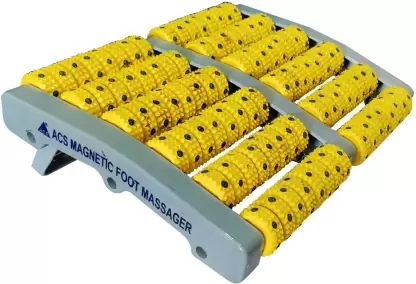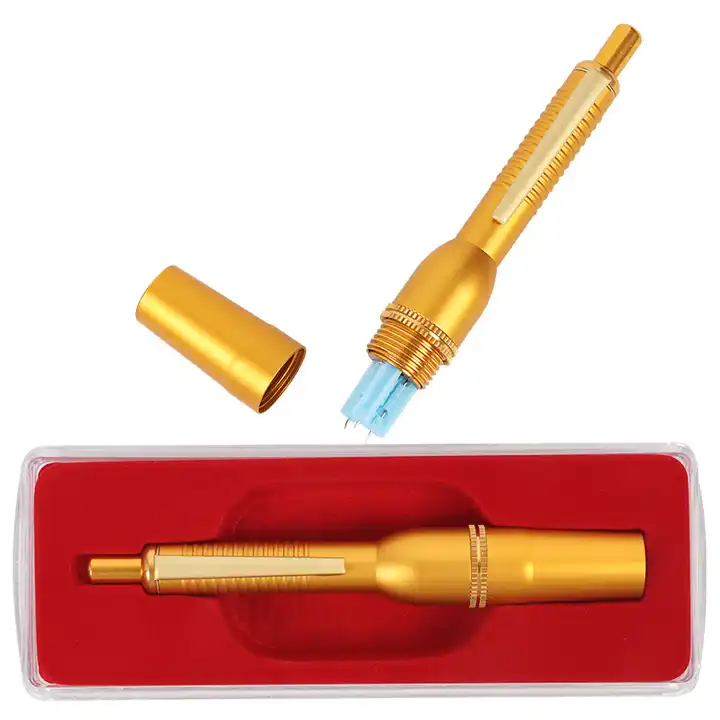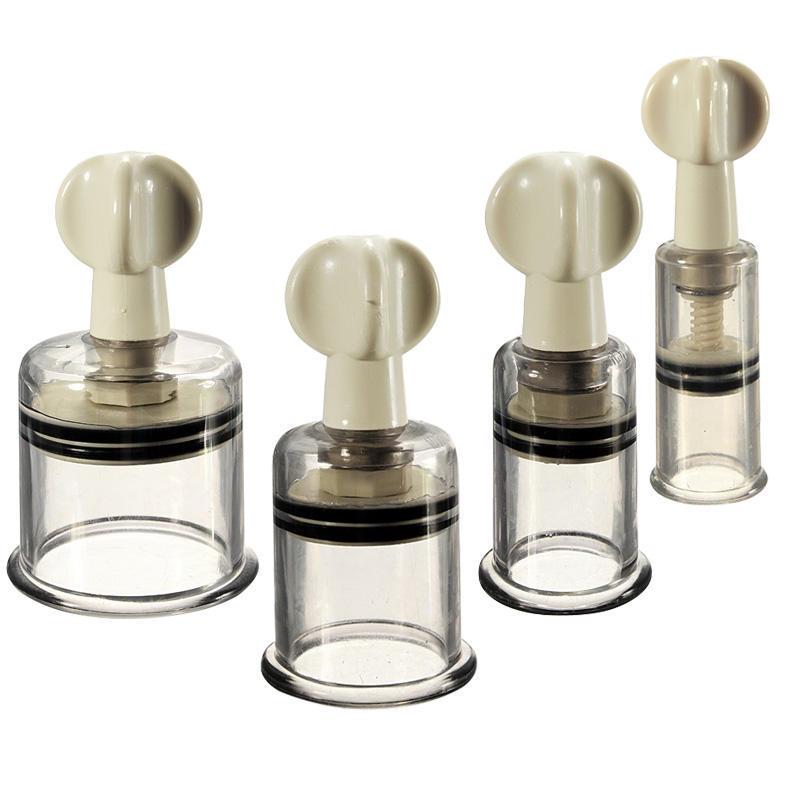







KVCM KSTAR Multifunctional Vacuum Cupping Therapy Machine
(0 Length x 0 Height x 0 Width) in
- Weight 8 kg
Dimensions 38 × 38 × 38 cm
KMCM KSTAR Multifunctional Vacuum Cupping Therapy Machine
1. The specially designed vacuum pump can quickly improve the size and shape or breast without any pain and health threats. It does not involve silicon injection or push and fill bras, it will make you have a natural and beautiful breast during the physiological period.
2. The vacuum pump absorbs fat particles and liquids into the breast tissue and cells, making the breast more developed.
3. Toxins, purify the lymphatic system, repair skin pores, reshape skin, improve microcirculation, enhance collagen elasticity, enhance sagging muscles, anti-wrinkle, activate skin, remove eye bags and double jaws, eliminate wrinkles and telangiectasia, treat health.
4. Stimulate the pituitary to produce hormones, enhance muscle tissue elasticity and fiber, restore breast elasticity and softness, enhance and develop breasts, improve breast shape, improve nipple absorption, and stabilize treatment.
5. Accelerate fatty acid conversion, safely and effectively remove excess fat, reduce weight, slim down, eliminate belly fat, improve leg shape, firm skin, can be used for scrub, point impact treatment, lymphatic drainage, treatment of cellulite. Improve the buttocks and achieve a perfect body contour.
Specification: Item Type: Machine Material: ABS Item Color: As Pictures Shown Plug: EU Plug Voltage: 110V / 220V Frequency: 60Hz/50Hz Power: 65W Package Weight: Approx. 6400 g / 225.6 oz Package Include: 1 * Main Machine 24 * Cups 3 * Pipes 3 * Vacuum Pumps 1 * Bag of Filter Pads 4 * Accessories 1 * English Manual

Lorem Ipsum is simply dummy text of the printing and typesetting industry. Lorem Ipsum has been the industry's standard dummy text ever since the 1500s, when an unknown printer took a galley of type and scrambled it to make a type specimen.

Lorem Ipsum is simply dummy text of the printing and typesetting industry. Lorem Ipsum has been the industry's standard dummy text ever since the 1500s, when an unknown printer took a galley of type and scrambled it to make a type specimen.
.jpg)













